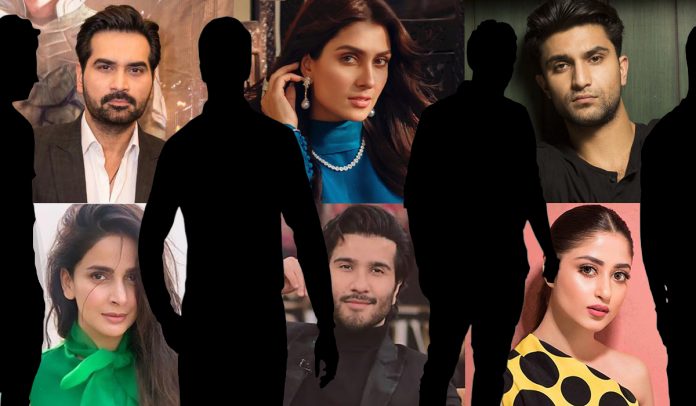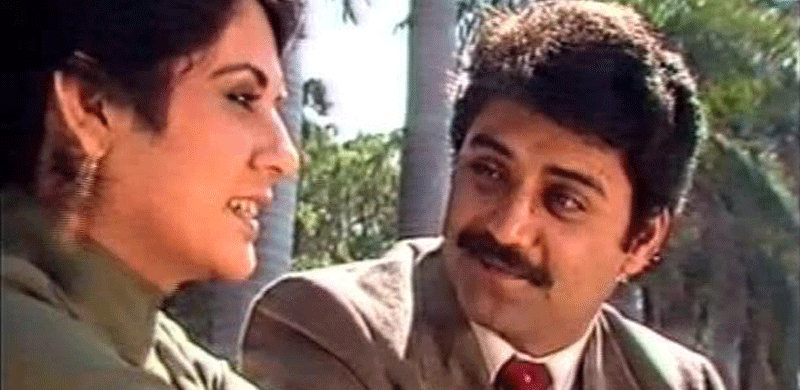It goes without saying that Pakistan’s television scene is a rather vibrant one, and has gone through many phases over the last several decades. Following their golden period during the late 70s and 80s, television shows once again are enjoying resurgent popularity, with some such as Meray Paas Tum Ho breaking records in terms of popularity.
While lighthearted romantic dramas dominated the scene following the advent of the medium, television shows today can be broadly segmented genre-wise, with storylines exclusively dedicated to slapstick comedy, social drama and even crime sagas, although it is the usual complex household fare revolving around several families that takes the largest chunk.
Missing in action are the feel-good characters that depict a positive, progressive yet very human side of our society. Interweaving subtle, realistic conflict into an engaging plot with elements of romance, comedy and even a smattering of social issues is a challenging task, however, a fast jog down the memory lane reveals that such stories, each with their own popular characters, have been the mainstay of local productions during the peak popularity years.
Has pandering to social stereotypes and unhealthy saas-bahu domestic routines taken all the fun away from local shows? Here we look at five characters we would like to see back on the screens again, which will present a welcome change from the sob-a-minute routines currently dominating the airwaves.
The rebel heroine who comes of age
Yes, we are talking along the lines of Nilofar Aleem in Shehzori, Sana Murad in Ankahi, and Zara Ahmed in Tanhaiyaan. These characters have acquired an iconic stature over time, which has much to do with their rebellious nature. While the first two had quite a free-spirited and devil may care attitude, Zara in Tanhaiyaan was the more sedate of the three, however, she too defied the usual social expectations by focusing solely on her ambition. Writer Haseena Moin has to be credited for crafting the all-new gutsy Pakistani drama heroine who spoke her mind and knew what she wanted — however, no writer so far has successfully attempted to carry her legacy forward.
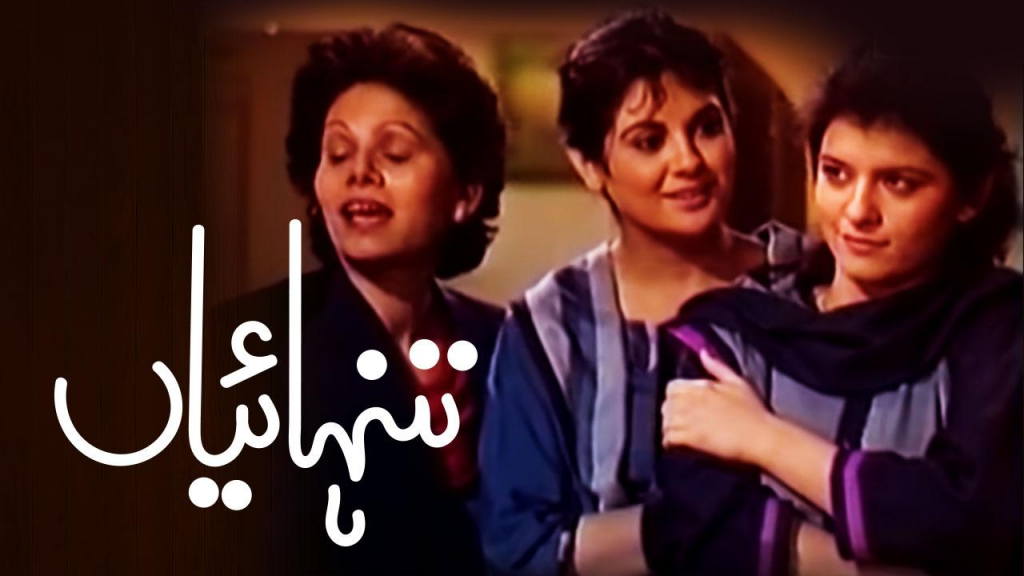 The ambitious woman who isn’t the villain
The ambitious woman who isn’t the villain
More often than not, women pursuing careers are usually treated pretty negatively in plays that have been on air recently. Reflective of the misogynist mindset, ambitious women are often depicted as she-devils who get ‘what they deserve’ by the last episode. Be it Ayeza Khan in MPTH, Naveen Waqar in Humsafar, or the vilest portrayal in lesser-known Inteha, women with career goals simply cannot seem to strike the work-life balance in the mind of our writers. Little surprise they usually end up being painted with broad strokes of sheer villainy.
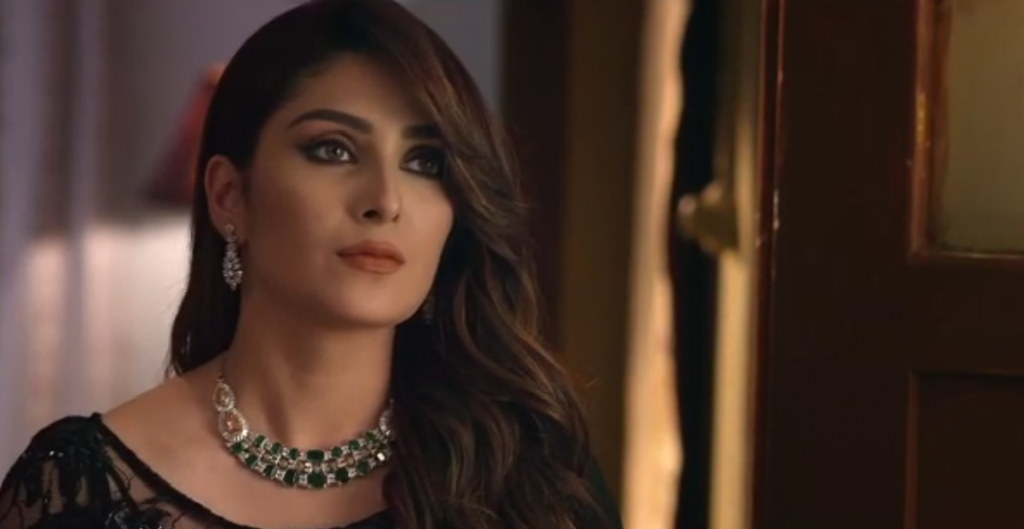 A large chunk of Tanhaiyaan, which was aired in 1986 (yes, that’s well over three decades back) in an ultra-conservative environment, revolved around the struggle of Shehnaz Sheikh’s Zara to reclaim the former wealth and status of her deceased parents. Can we even imagine something like that happening today?
A large chunk of Tanhaiyaan, which was aired in 1986 (yes, that’s well over three decades back) in an ultra-conservative environment, revolved around the struggle of Shehnaz Sheikh’s Zara to reclaim the former wealth and status of her deceased parents. Can we even imagine something like that happening today?
The middle-aged bachelor who isn’t a lecher
The lecherous, sleazy 40 and 50 somethings hitting on women half their age seem to have captured the imagination of today’s scriptwriters and drama makers. Meanwhile, the well-mannered gentleman courting a woman compatible with his age and stature has seemingly gone AWOL.
Veteran actors such as Qazi Wajid and Shakeel usually excelled at enacting such characters, and it will be refreshing to see these again on-screen perhaps with actors like Nauman Ejaz or even Adnan Siddiqui.
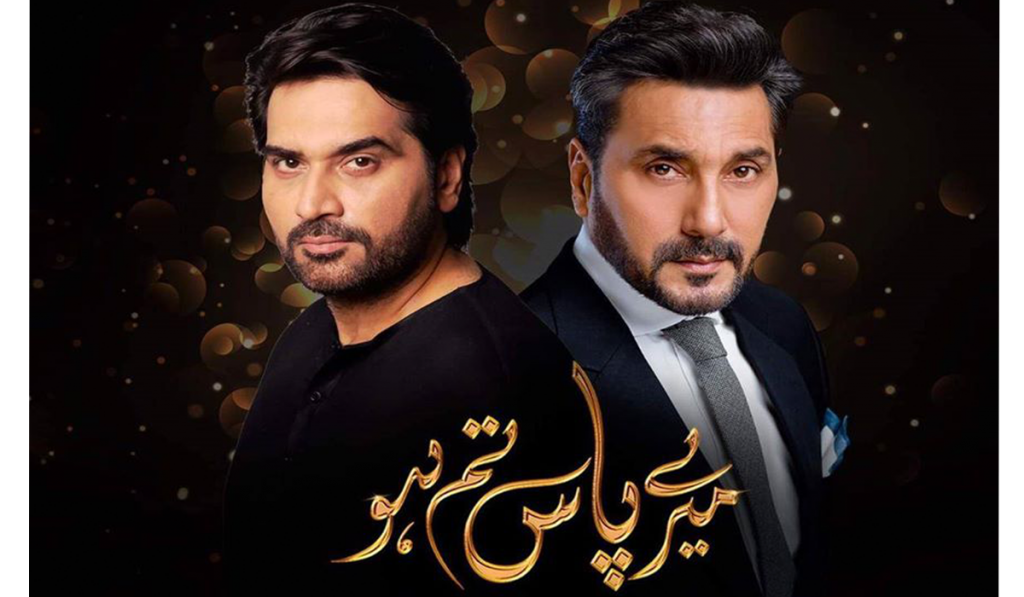 Quirky kids central to the plot
Quirky kids central to the plot
Before Meray Paas Tum Ho’s Roomi, there were quite a few child artistes who gained overnight popularity with television. However, as was the case with Ankahi’s Jibran, the children in these shows pretty much occupied the limelight as the story concluded. This was true for Kasak and Aahat as well, both of which ran in the early 90s. (Spoiler Ahead) In Ankahi, Jibran’s illness and his subsequent treatment is what catalyzes the romantic proceedings, whereas Aahat had many young stars taking center stage in a plot that revolved around the importance of birth control.
The romantic hero – who doesn’t die
Once upon a time, television shows’ lead pairs used to enjoy fairly healthy relationships, with neither meeting an untimely demise to give way to an endless tale of tears. Now, lost among the cacophony of husband-wife conflict, doosri shaadi, and extramarital affairs is a simple concept that love is actually a beautiful emotion that can be uplifting and inspiring. Not all love stories on television are meant to be doomed! Don’t believe that? Well just catch a glimpse of Dhoop Kinare which offers a vignette into a web of complex, nuanced relationships among doctors happening in a clinic.
It would be heartening to see these characters make a comeback on our screens, and with the talented array of stars we have at present, they surely will be able to make the same impact which they used to.

